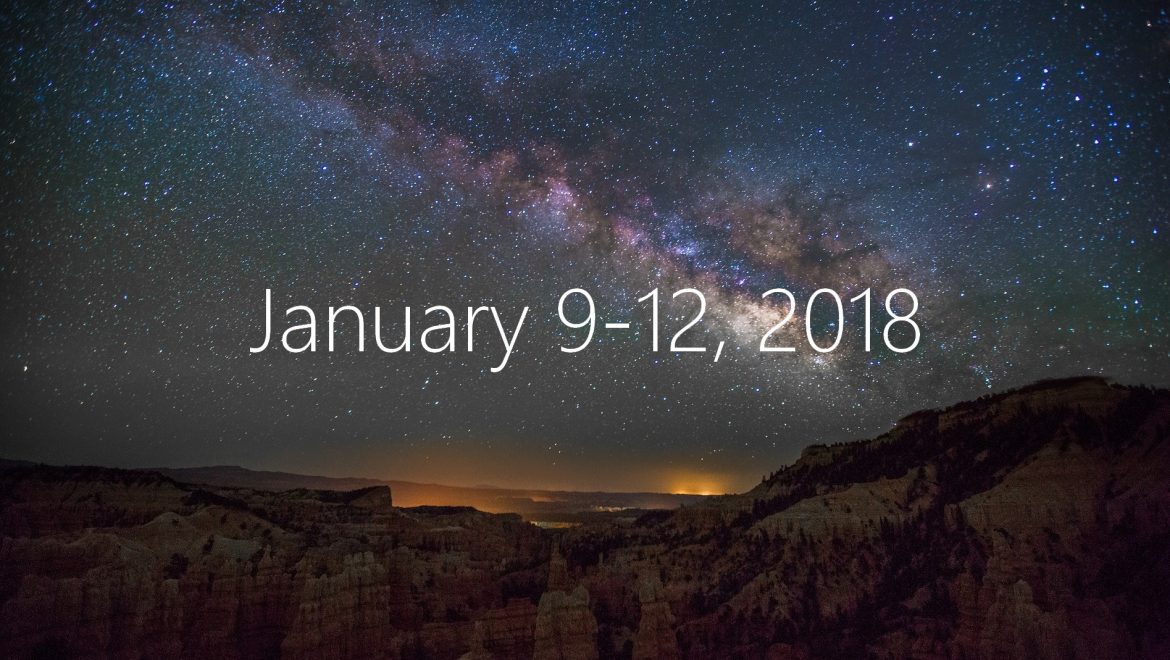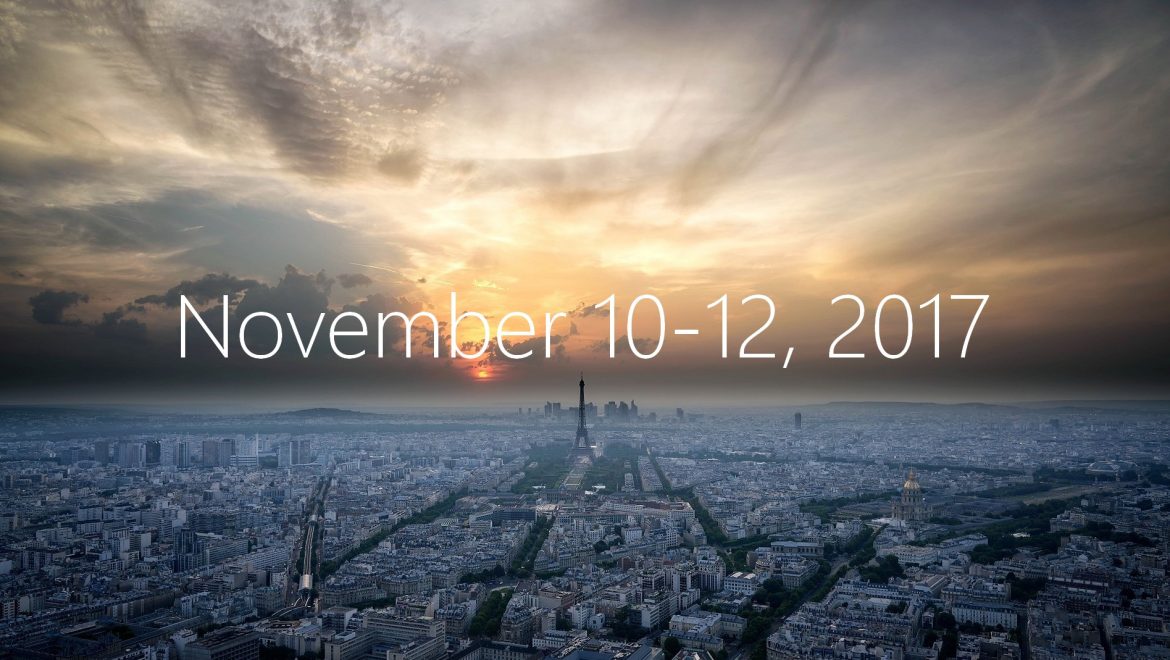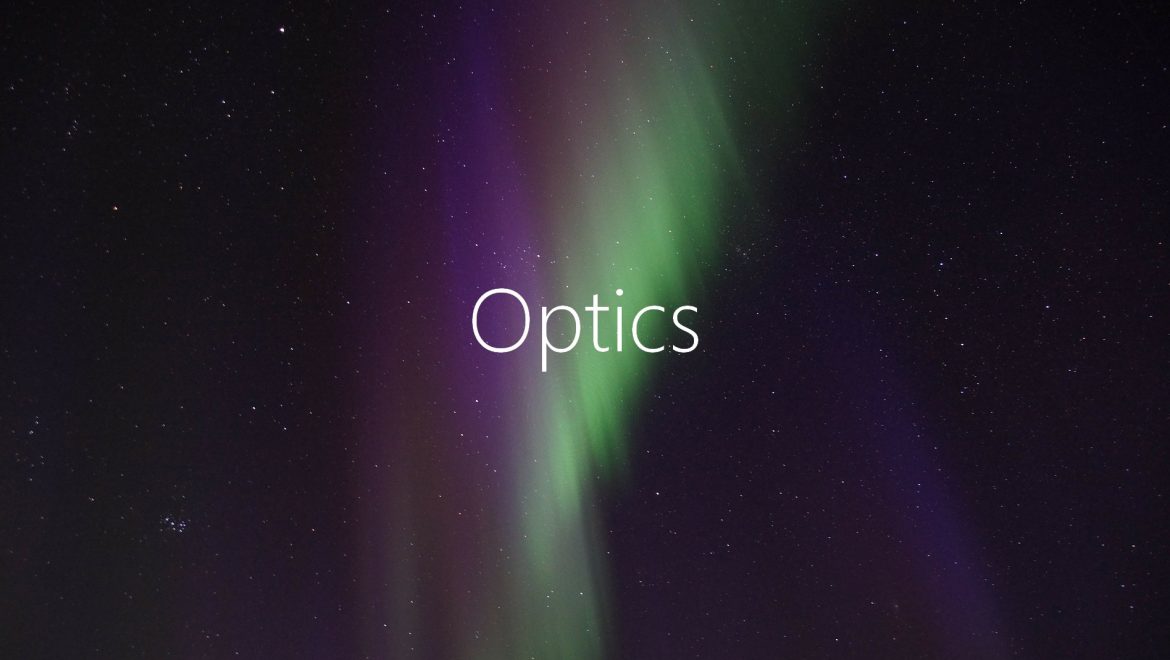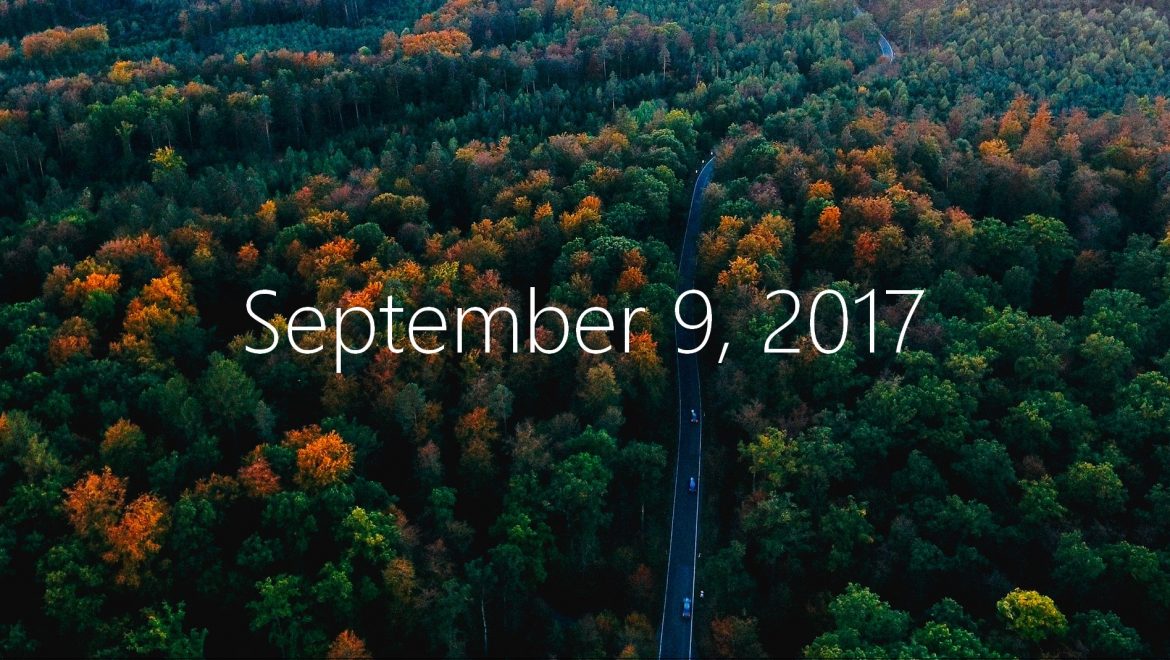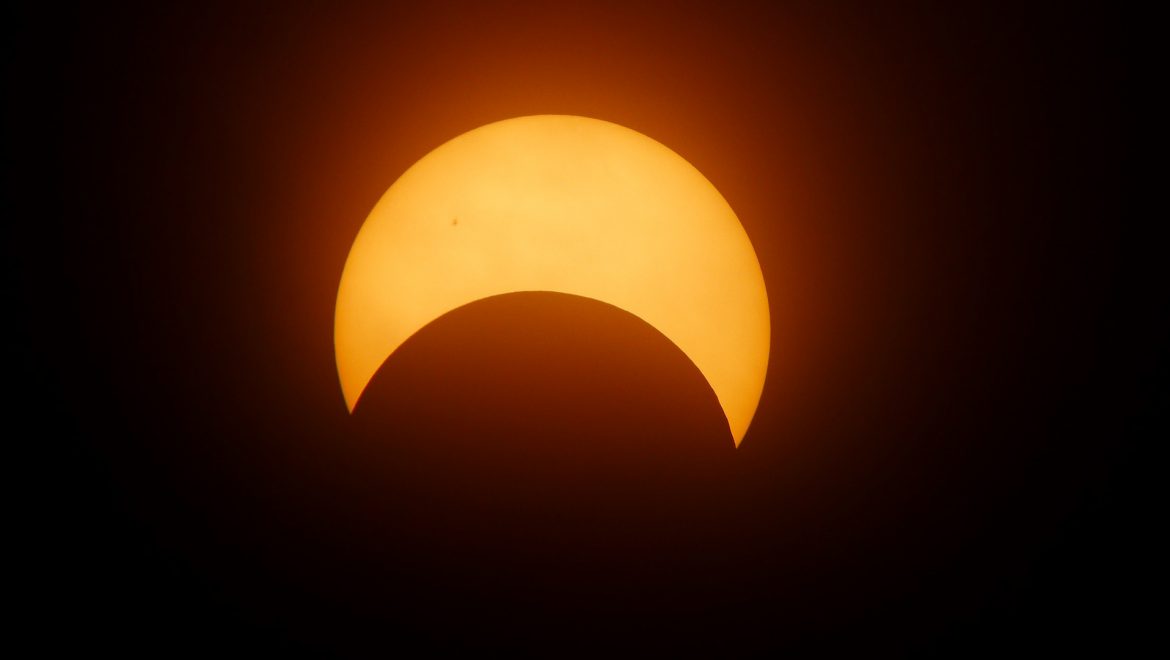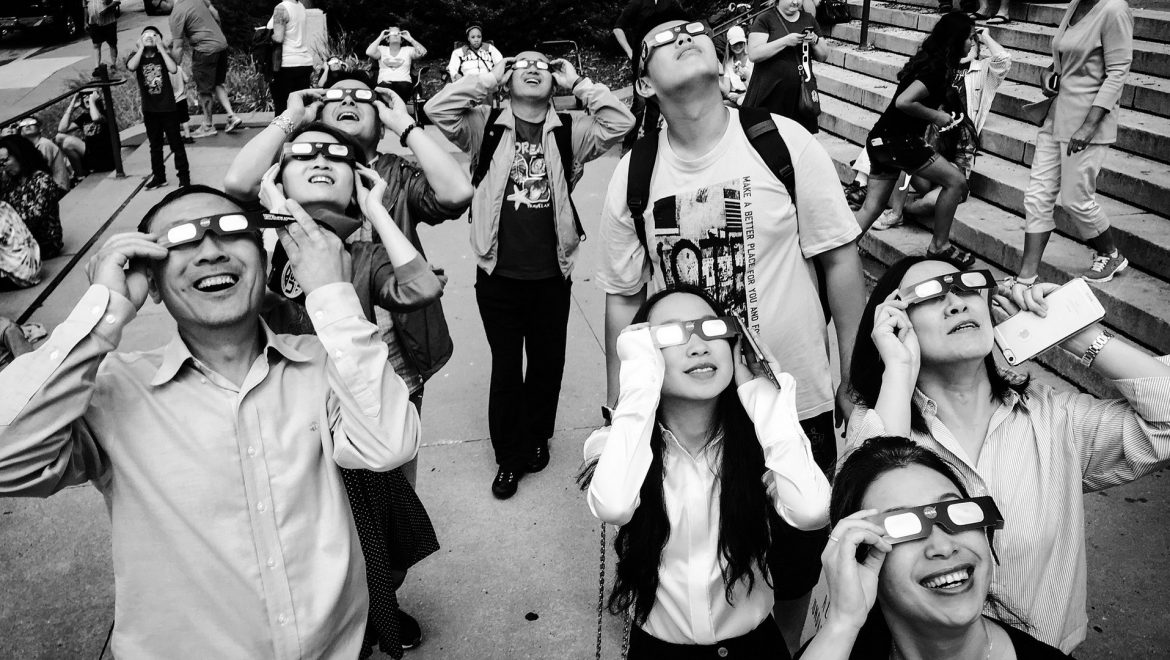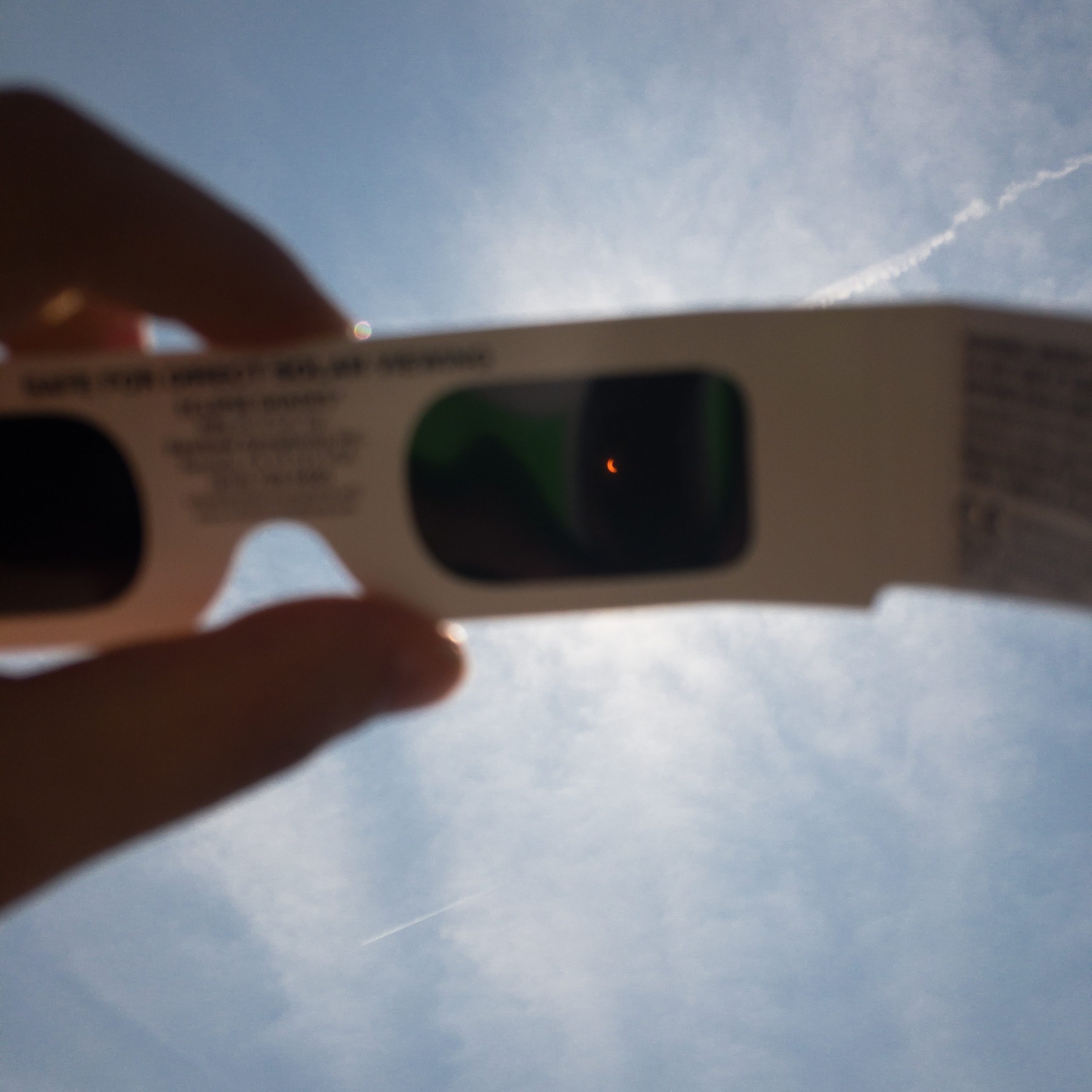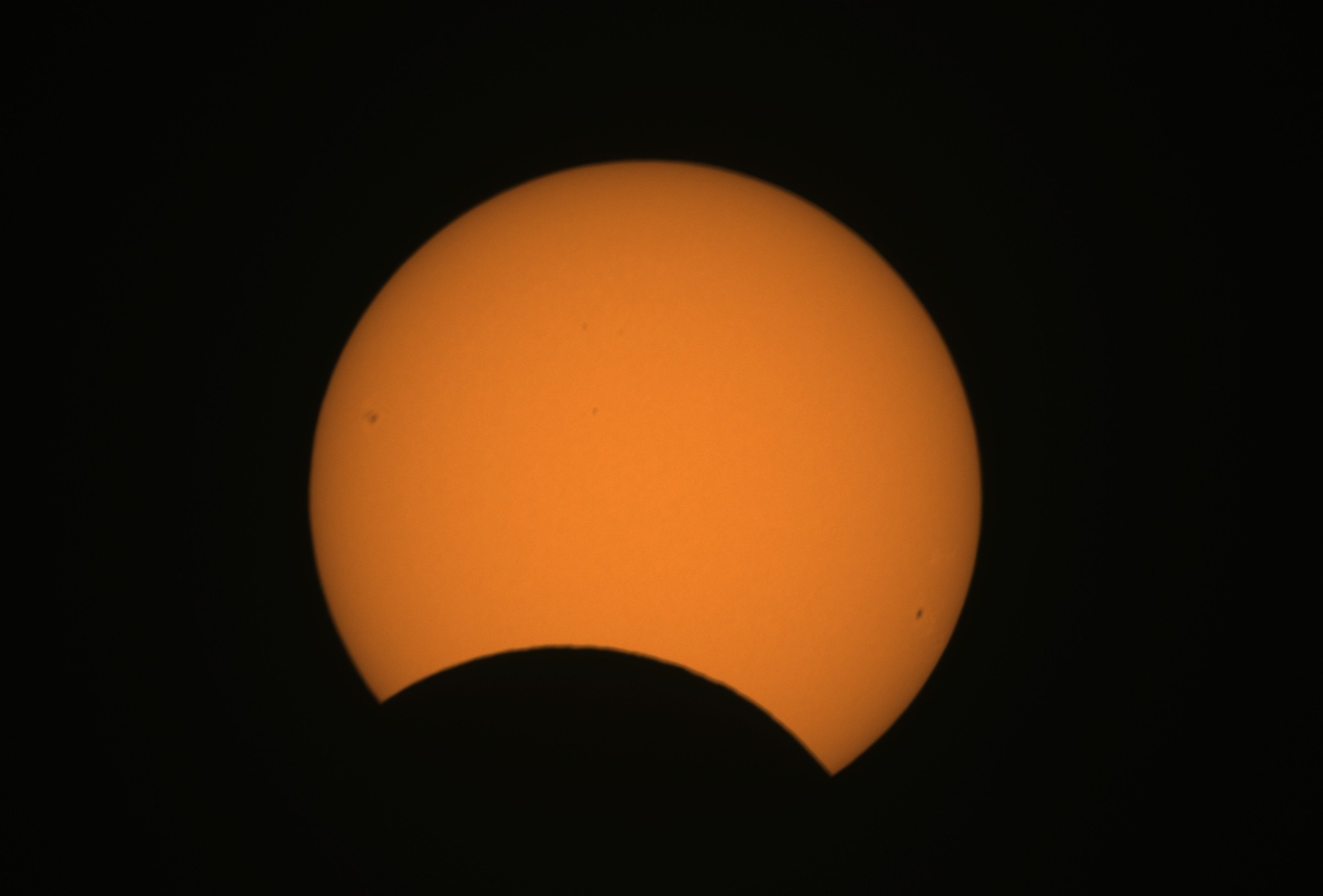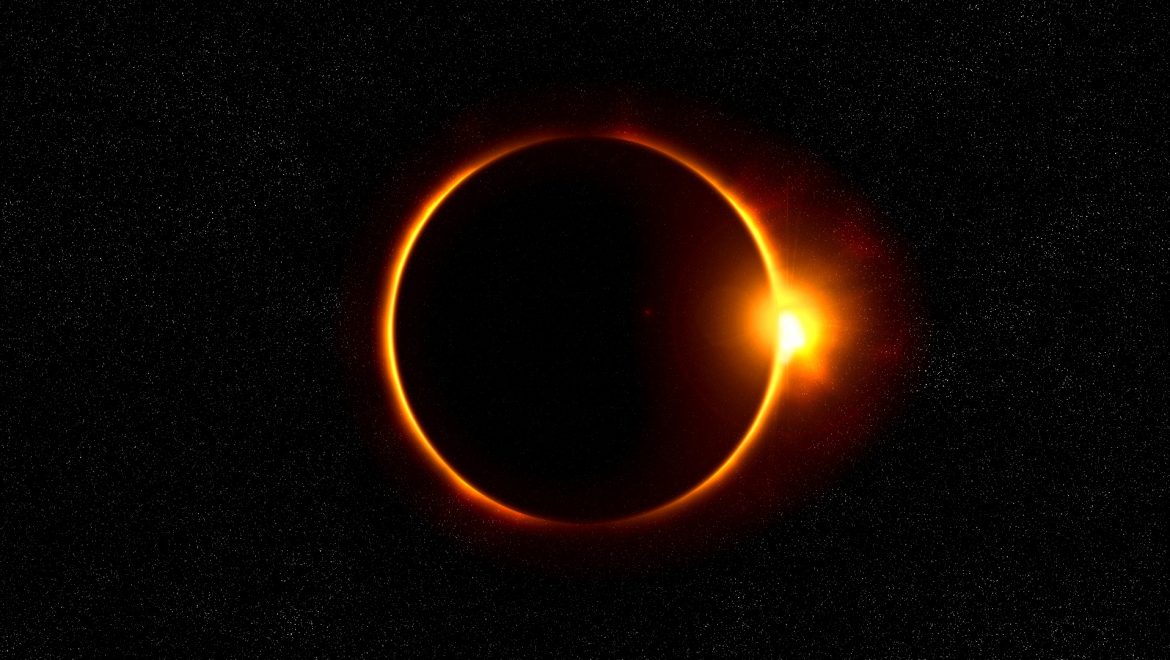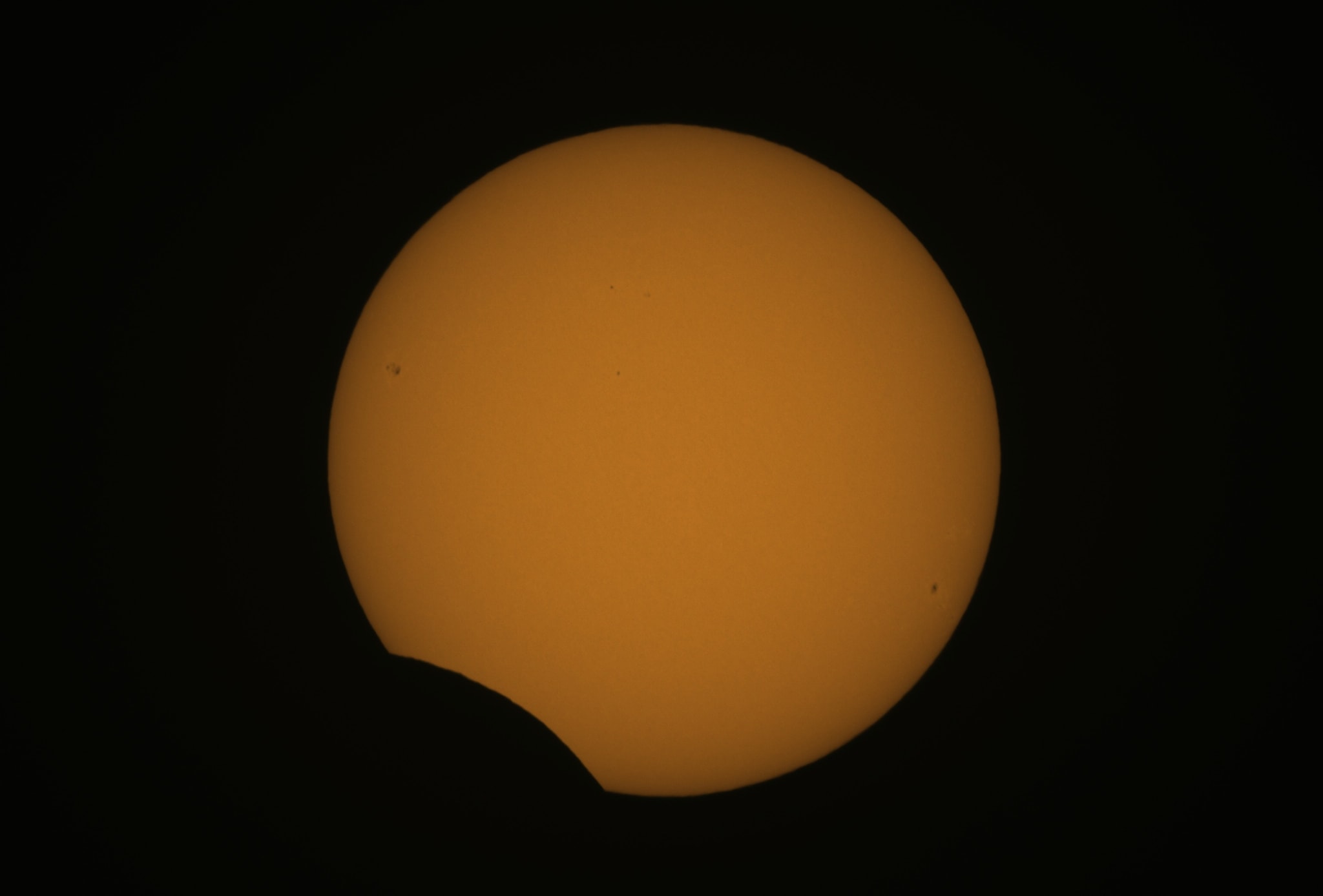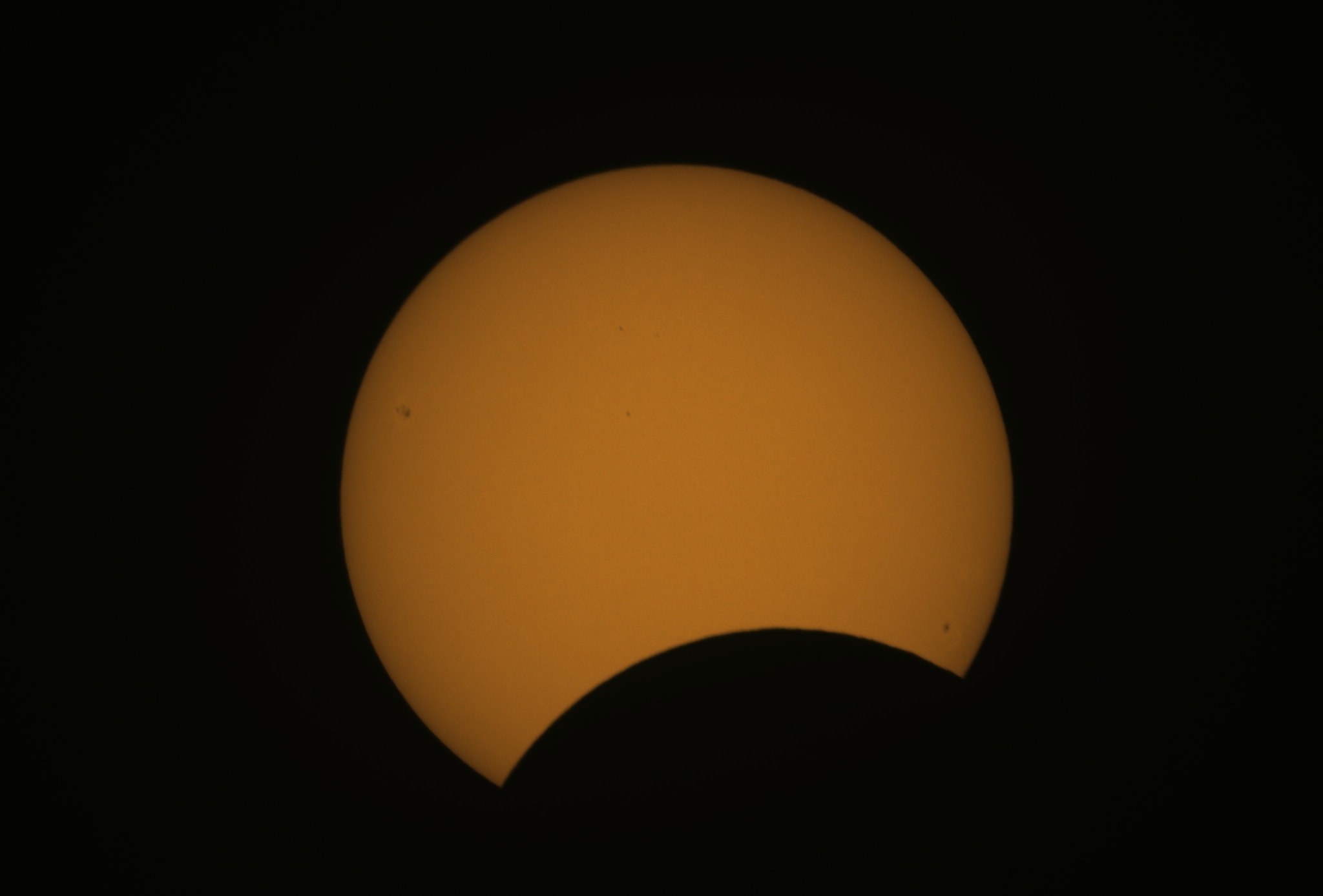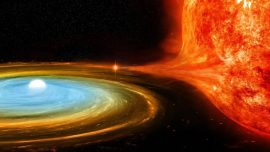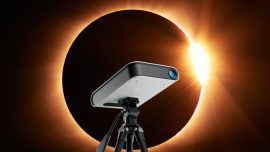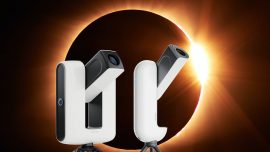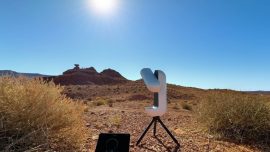An eclipse is a spectacular astronomical event that occurs when the moon passes between the sun and the Earth, blocking the sun’s rays from reaching our planet. Eclipses can be total, partial, or annular, depending on the alignment of the sun, moon, and Earth. Many people are fascinated by the beauty and wonder of eclipses, but how often does an eclipse happen? In this article, we will explore the frequency of eclipses, the different types of eclipses, and the factors that influence their occurrence.
The Frequency of Eclipses
How often does an eclipse happen? Eclipses do not happen every day, but they are not as rare as some might think. On average, there are two to four eclipses per year, although some years may have none, while others may have up to seven. This variation is due to the complex interactions between the Earth’s orbit around the sun, the moon’s orbit around the Earth, and the tilt of the Earth’s axis. Eclipses can only occur during specific lunar phases, which is when the sun, moon, and Earth are in alignment. The most common type of eclipse is a partial eclipse, which occurs when the moon partially blocks the sun’s rays. Total eclipses are less frequent, occurring about once every 18 months. Annular eclipses are even rarer, happening only once every 2-3 years. These occur when the moon is further away from the Earth and appears smaller in the sky, leaving a “ring of fire” around the sun.
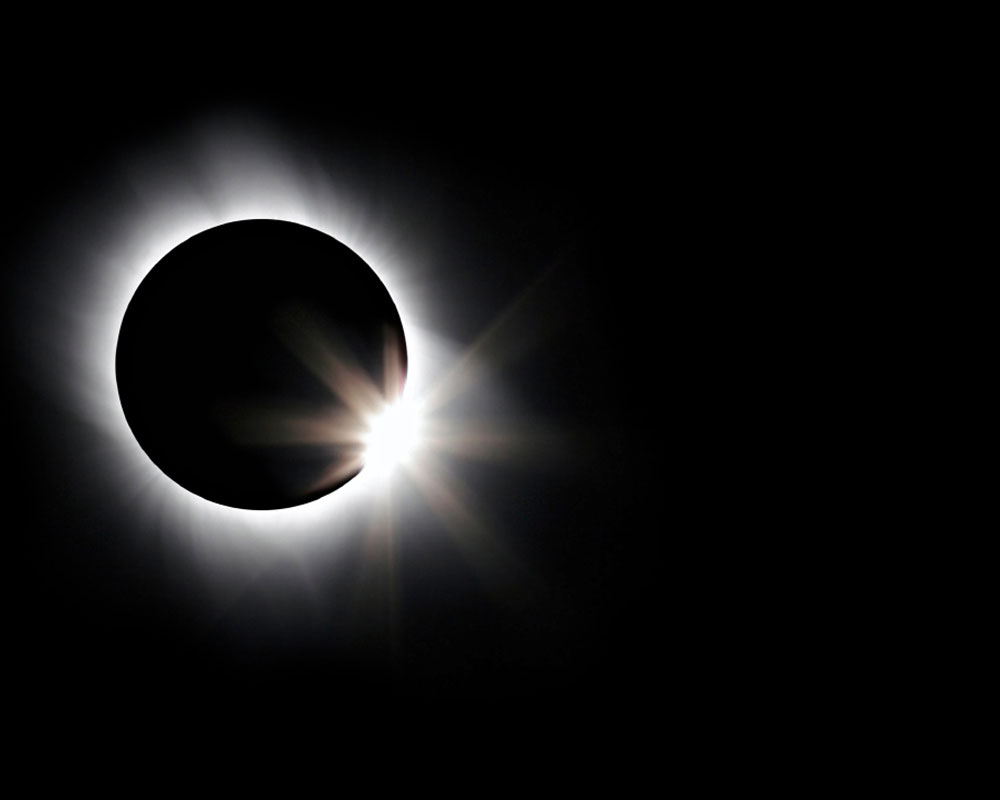
Factors that Influence Eclipse Occurrence
There are several factors that can influence the occurrence of eclipses, including the distance between the moon and Earth, the position of the sun, and the tilt of the Earth’s axis. The moon’s orbit around the Earth is not perfectly circular, which means that it can be closer or further away from us at different times. When the moon is closer, its gravitational pull on the Earth is stronger, which can cause larger tides and more frequent eclipses. Similarly, the position of the sun in relation to the Earth and moon is constantly changing due to the Earth’s orbit around the sun. This means that eclipses may occur more frequently during certain times of the year. Finally, the tilt of the Earth’s axis can affect the alignment of the sun, moon, and Earth, which can impact the frequency of eclipses over longer periods of time. The Earth’s axial tilt is currently at 23.5 degrees, but this tilt changes slightly over time due to gravitational forces from other planets. This can lead to variations in the frequency of eclipses over thousands of years.
Ready to observe a Solar Eclipse?
With the release of Vespera Solar Filter and Stellina Solar Filter, we have come up with a step-by-step tutorial for you to read in order to optimize your solar observations and your future solar eclipse observations.

How Often Does An Eclipse Happen | 2023 Eclipses calendar
April 20 2023 | Total Solar Eclipse in South/East Asia, Australia, Pacific, Indian Ocean, Antarctica
May 5-6 2023 | Lunar Eclipse in Europe, Asia, Australia, Pacific, Indian Ocean, Antarctica
October 14 2023 | Annular Solar Eclipse in West Africa, North & South America, Pacific, Atlantic, Arctic
October 28-29 2023 | Partial Lunar Eclipse in Europe, Asia, Australia, Africa, North & South America, Pacific, Atlantic, Indian Ocean, Arctic, Antarctica
Look out for the massive 2024 eclipse
The 2024 total solar eclipse is shaping up to be one of the most exciting astronomical events of the decade, and millions of people around the world are eagerly planning their trips to witness this once-in-a-lifetime spectacle. If you’re looking for the best places to watch the 2024 total solar eclipse, you’ve come to the right place. In this article, we’ll explore some of the top destinations for eclipse viewing and provide tips on how to make the most of your experience.
In conclusion, eclipses are not as rare as some might think, with an average of two to four occurring per year. The frequency of eclipses is influenced by a range of factors, including the distance between the moon and Earth, the position of the sun, and the tilt of the Earth’s axis. Understanding these factors can help astronomers predict when and where eclipses will occur, allowing people around the world to witness these amazing celestial events. Whether you’re an astronomy enthusiast or simply fascinated by the wonders of the universe, the frequency and nature of eclipses are truly awe-inspiring.
 Smart telescope Stellina was awarded CES 2018 Innovation Honoree in the Digital Imaging category. The prize was announced during CES Unveiled Paris, a pre-CES event reserved for entrepreneurs, influencers and medias of the tech industry in order to give a preview of the innovations that the visitors will be able to discover during the CES held in January.
Smart telescope Stellina was awarded CES 2018 Innovation Honoree in the Digital Imaging category. The prize was announced during CES Unveiled Paris, a pre-CES event reserved for entrepreneurs, influencers and medias of the tech industry in order to give a preview of the innovations that the visitors will be able to discover during the CES held in January.
